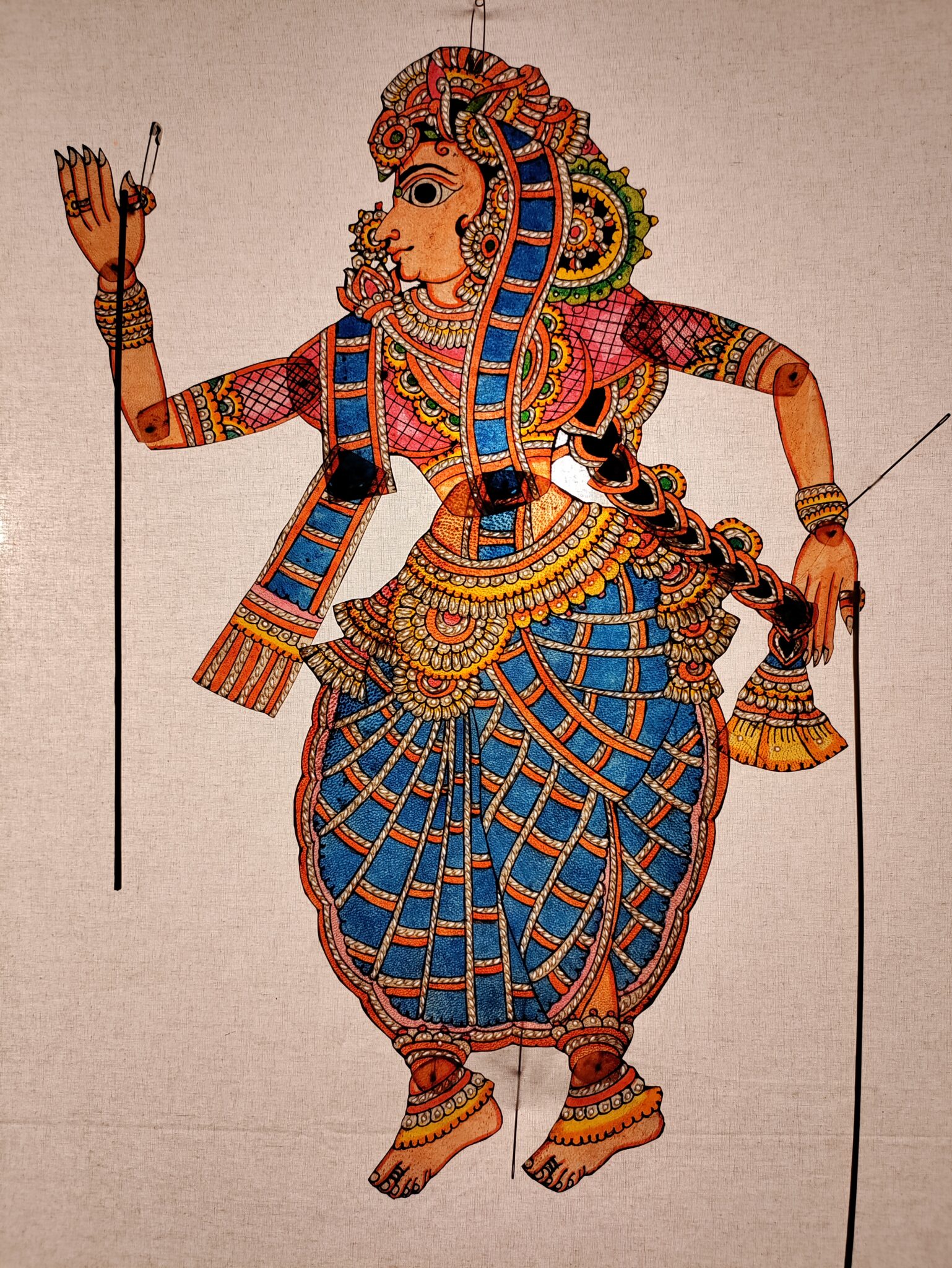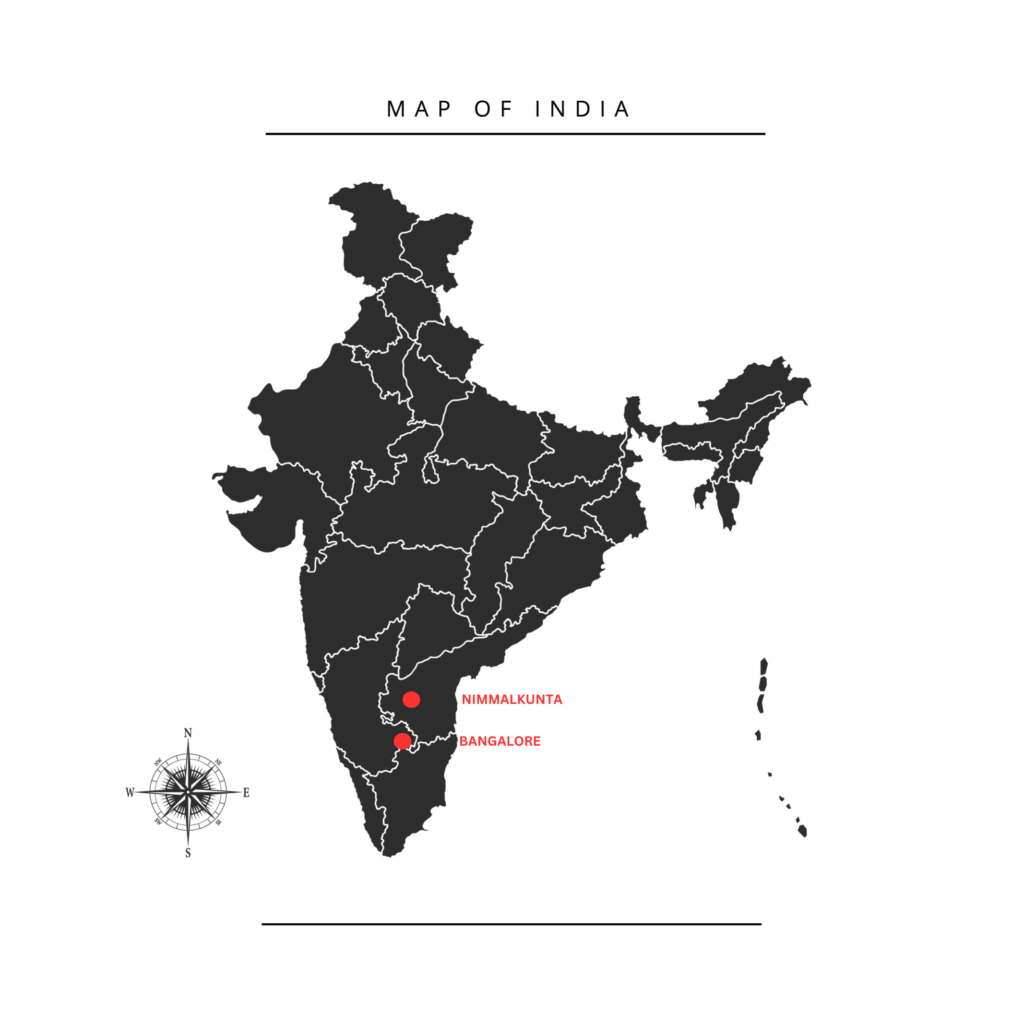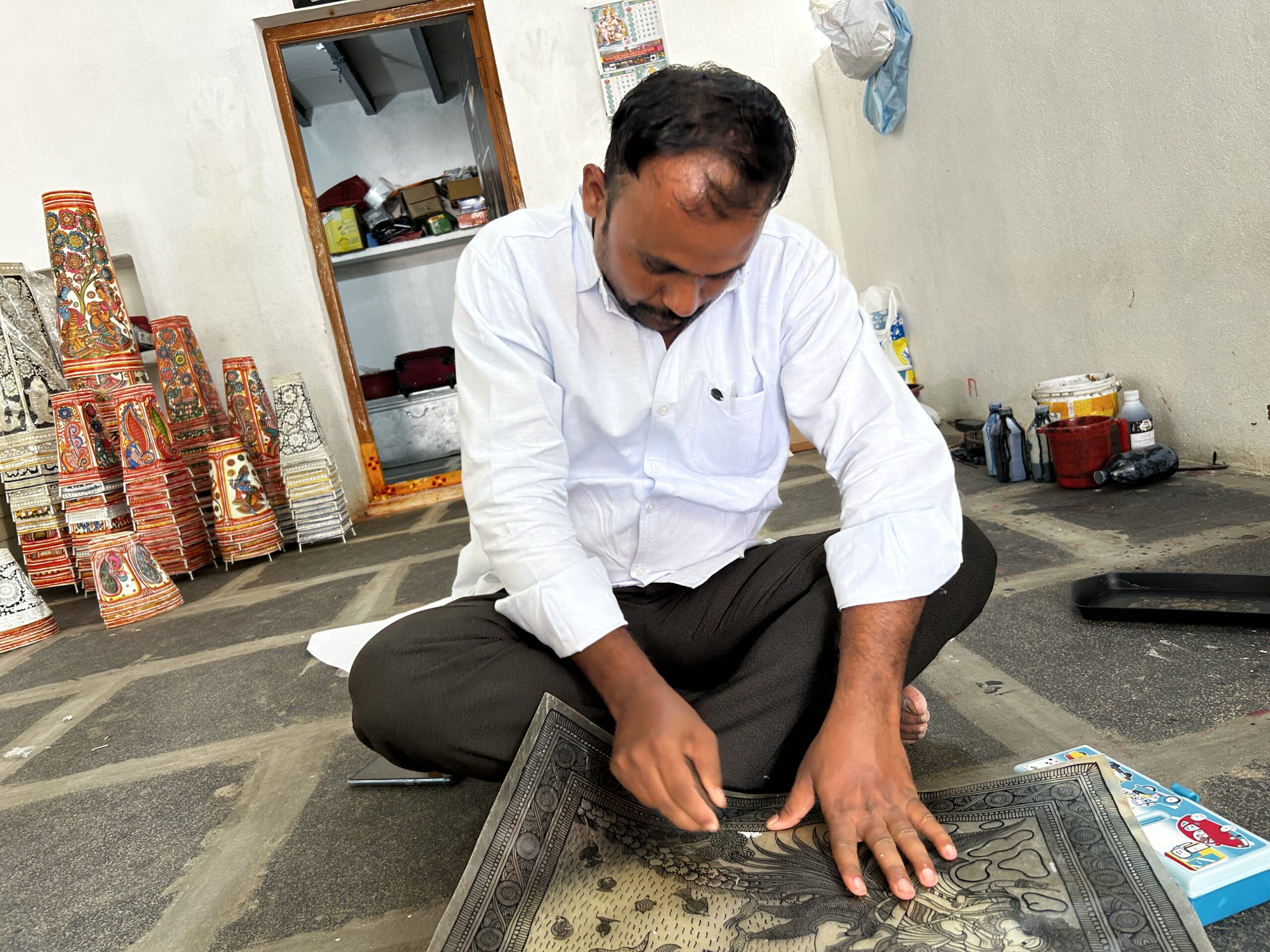THOLU BOMMALATA
Tholu Bomalata, the shadow puppet theatre tradition of Andhra Pradesh and Telangana, beautifully encapsulates the fusion of art forms encompassing leathercraft (tholu), puppetry (bomalu), and dance (attam or ata). This multidimensional spectacle weaves together painting, engraving, music, and storytelling to craft a unique narrative experience. Rooted in cultural and spiritual significance, Tholu Bomalata breathes life into stories from Hindu epics like the Ramayana and Mahabharata. The name itself reflects its essence, as the puppets project vividly hued shadows on the screen, bringing forth the enchanting world of shadow puppetry. In its traditional essence, Tholu Bomalata was a nocturnal marvel, unfolding during the sacred festival of Shivratri, right outside the precincts of Shiva temples. Over time, the art form has gracefully adapted to modern contexts, incorporating recitations of Panchatantra tales and puppet shows designed to captivate young audiences. These performances, now condensed to approximately 2 hours, align with the tempo of contemporary theater festivals. However, the art form teeters on the brink of vanishing.


ABOUT THOLU BOMMALATA
The puppets themselves stand as impressive works of craftsmanship, averaging 120 to 180 centimeters in height. Jointed limbs, a movable head, and a neck, all linked by strings, create an intricate articulation. Meanwhile, a central stick supports the torso, providing puppeteers with firm control during performances. The process of crafting leather from goat hides by the skilled artisans is both fascinating and intricate. It starts with acquiring fresh goat hides from the butcher, which must be used shortly after slaughter. The hides are then opened up and cleaned, and the hair is carefully removed through a precise temperature-controlled boiling water immersion. The meticulous scraping and treatment with local herbs give the leather a white, translucent appearance. The artisans use this white leather primarily for making lamps, puppets and paintings. Circular lamps can be directly stitched on the frames, while for square lamps, the leather needs to be soaked and quickly stitched. Beautifully intricate drawings are made using a bamboo pen called “Rekhni” dipped in black ink, with punched holes to enhance the permeability of light. The final touch is filling in colors, and the lamps are fitted with the necessary components. For paintings, the translucent leather is cut to size, and sketches are made with pencils before using a bamboo pen to draw intricate designs and fill in colors. The artists can further enhance the artwork by carving the leather with a special instrument, creating intricate patterns. In the creation of puppets, the artisans sketch the silhouette of the characters on translucent leather and then cut them out. Bamboo sticks dipped in ink are used for detailing, and tiny holes of various shapes are carved to achieve special visual effects on the white screen. The last step involves filling in colors to bring the puppets to life, with traditional pigments or readymade colors from the market being used. Throughout this creative process, the artisans’ expertise and craftsmanship shine, transforming raw goat hides into exquisite pieces of art that showcase the rich cultural heritage and traditions of the region.
HISTORY
Tholu Bommalata, a traditional shadow puppetry art form, is not just a profession but a generational legacy passed down from fathers to sons. At its core, the head of the family assumes the role of both family patriarch and the troupe’s leader, often carrying the title of “Bhagavatar.” The troupe typically comprises 5 to 10 members, forming an extended family unit led by the Bhagavatar, which includes both male and female performers. Originally, Tholu Bommalata performances were all-night affairs, held during the auspicious occasion of Shivratri, just outside the Shiva temples. These performances were a cultural tapestry of the past. However, the art form has evolved, adapting to modern contexts. The narratives have shifted to recitations of Panchatantra stories and puppet shows designed for younger audiences. In line with contemporary expectations, the duration of the shows has been trimmed to approximately 2 hours, catering to theater festivals and present-day attention spans. Yet, this ancient art stands at the precipice of extinction. Determined to safeguard their cultural heritage, puppeteers are diversifying their creative endeavors. Beyond the stage, they craft everyday objects like lamps and home decorations, channeling their artistic prowess to supplement their livelihoods while preserving the legacy. This multifaceted approach serves not only as a means of sustenance but as a deviant act to ensure that Tholu Bommalata’s mesmerizing shadows endure, casting a beautiful yet fleeting glimpse into the tapestry of history.



